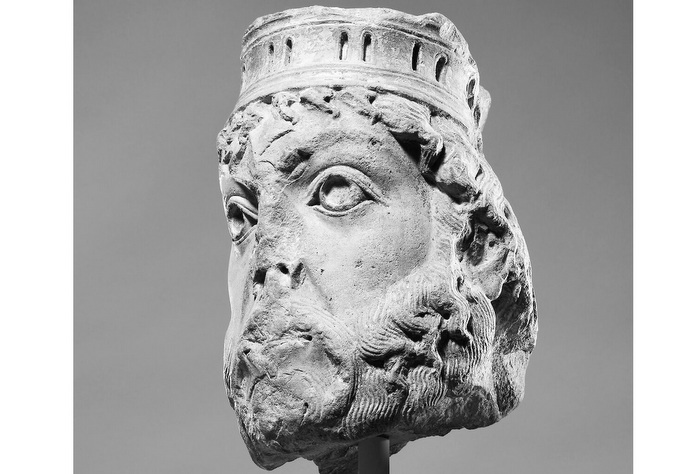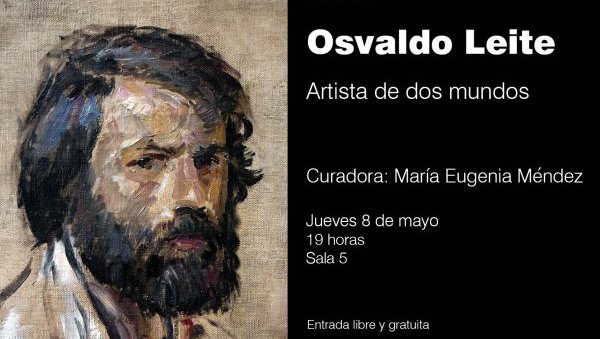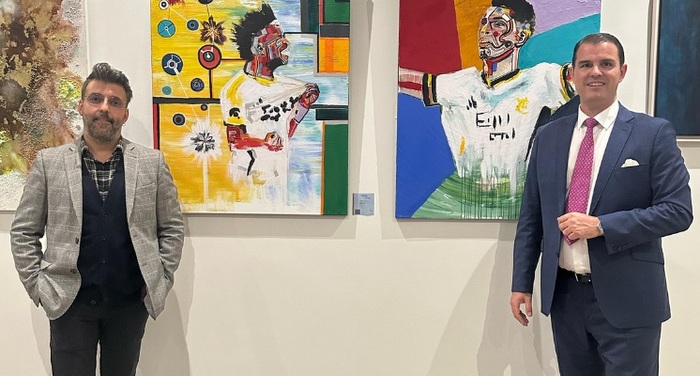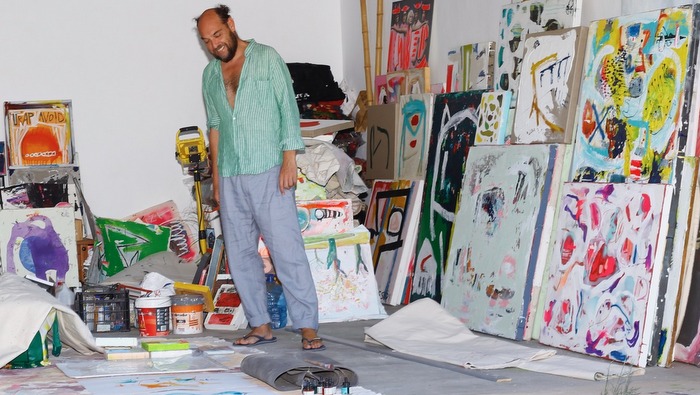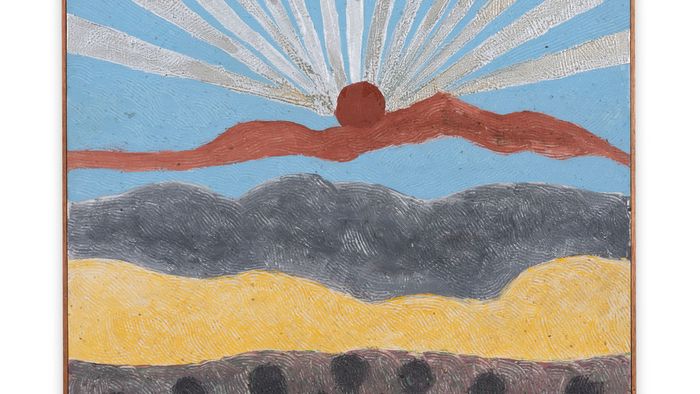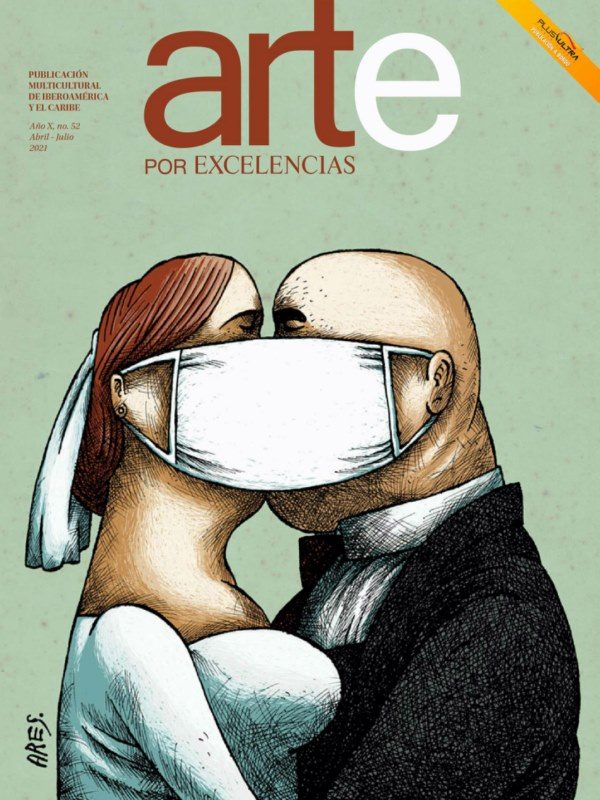Mathias Poledna has created a complex, multi-layered body of work in which films, expansive installations and architectural interventions are in constant dialog with each other, where independent series of works, found objects and ephemeral materials all condense to form a singular artistic language. Central to his practice are questions of modernity, cultural memory and the visual imaginary in art and popular culture.
Poledna’s internationally acclaimed work reflects historicity against the backdrop of contemporary developments and examines the history of specific cultural phenomena staging and appropriating emblematic visual forms. Research, analysis and work with archives play an essential role in his artistic practice. Although his filmic images are consistently new and often produced in collaboration with specialists, they give the impression of being made from found material, provoking a complex tension between their visuality and the critical and cultural implications on which they are based. Through rigorously designed spatial constellations, Poledna combines films, autonomous pictorial works and found objects to evoke collective memory as well as the history of exhibiting itself.
Reflecting on history’s continuities and ruptures is also a consistent thread through HALLE FÜR KUNST Steiermark’s program, which is prompted not least by the late modernist architecture of the building and their features that have been preserved or modified over time. Poledna’s exhibition creates an installative formation which extends across all of the building’s exhibition areas and negotiates the conditions of the institution on variety of levels, from the architecture, the lighting direction, to it’s visual identity.
At the center of the exhibtion is a newly produced 35mm film that assembles elements of different aesthetic and cultural resonance – the syntax of runway shows, a particular iconographic tradition in Western religious painting, the aural affects of pop- and club music – to produce a collage-like constellation highlighting their specificity, while at the same time collapsing them into a phantasmal sequence that defies categorization.
The film, realized on a soundstage, makes use of professional performers, the development of sample prototypes in the fashion industry, and the capacities of specialized studios to custom-produce hyper-realistic props for film and television. The dramaturgy of the film unfolds along the coordinates of anticipation, realization, refusal, fascination, beauty and revulsion.
In the apse of the house, the sole exhibition space with a view of the surrounding park landscape, Poledna presents a historical loan, a hand-knotted carpet from the workshop of Märta Måås-Fjetterström, designed in 1928, proposing a contemplative zone that reads as an exhibition within the exhibition. In the basement gallery, the structure of the installation expands to include a series of image-based works relating to archival industrial photographs from the Cold War era.
The exhibition project is accompanied by a supporting program and a publication at Verlag der Buchhandlung Walther König.
Curator: Sandro Droschl
Film production:
Courtesy of the artist and Galerie Buchholz, commissioned by HALLE FÜR KUNST Steiermark.
Kindly supported by the Centraal Museum, Utrecht.
On the cover: Exhibition visual Mathias Poledna Unknown, Head of King David (mirrored), ca. 1145
Limestone, 29.7 × 21.1 × 21.3 cm
The Metropolitan Museum of Art, New York
Source: HALLE FÜR KUNST Steiermark

